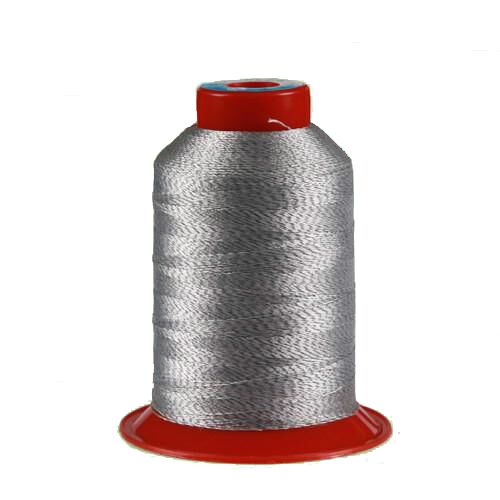
Stainless steel filament conductive thread
Description
Stainless steel filament conductive thread
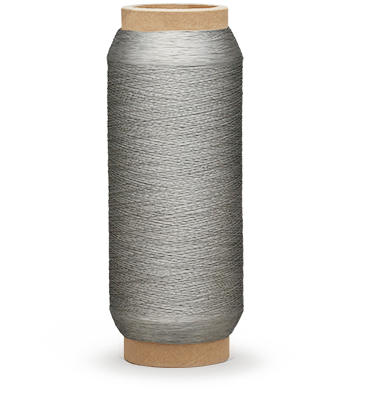
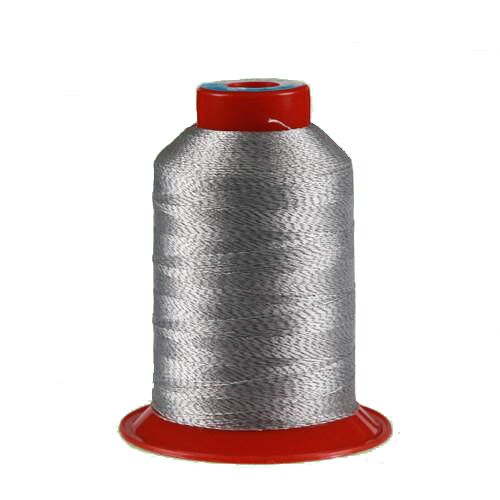
1.What is Stainless steel filament conductive thread ?

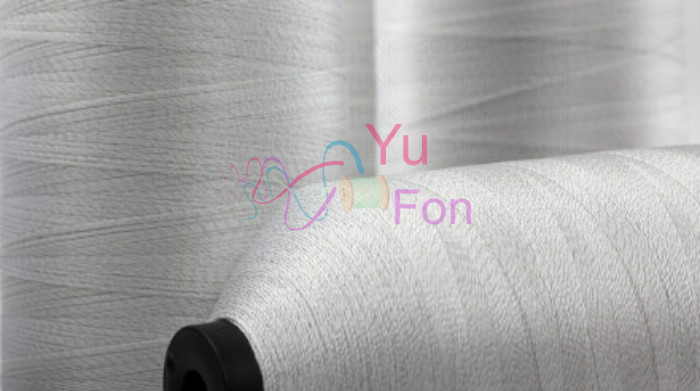
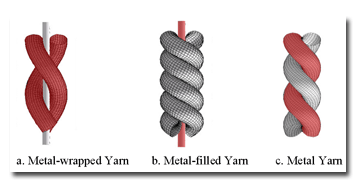
◆How to electic ?
Conductive thread is made by inserting conducitve fiber in sewing thread or mix with conductive fiber. Its ohmic resistance is less then 20 ohm,So that is why it can be functioning of electic.
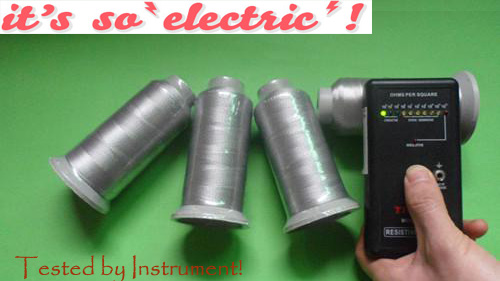
2.1 Material : conductive fiber + polyester yarn ;
2.2 Size: We have 20# 420D/3, 30# 300D/3, 40# 210D/3, 60# 150D/3,etc.
2.3 MOQ: 10KG Per color
2.4 Features:
- Has Steel Yarn To Provide Anti-Static Performance.
- Run Smoothly During Sewing Process
- Excellent Performance Of Multi-Directional Sewing Operation As The Plies Stay Together, Due To The Bonding Of Plies
- Run Smoothly During The Sewing Process
- Velve Anti-Static is specially designed to prevent static build-up in garments, footwear, etc.
- It is available in a range of sizes for a broad range of products
- Velve Anti-Static has excellent sewability and strength
◆Does conducitve thread can dye color or not ?
Both anti-static thread and conductive thread are made by two different fibers. Though, this type of thread can be dyed,
4.Condcutive thread packing show
PS: Didfferent packing different carton boxes size,We can done as your requirement.
Carton size for 95g:45.5*30.5*28.5CM=0.04M3 (80 cones /carton)
Carton size for 1000g:56*42*36.2CM=0.09M3 (24cones/carton)
5.Appliecation :
5.1 How conductive thread for touch screen ?
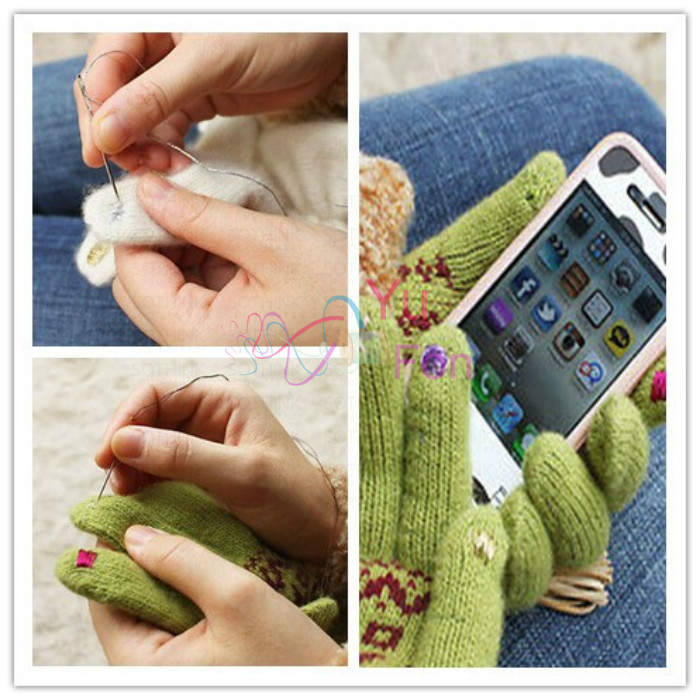
Method 1 is DIY by yourselves
Step 1. Get a pair of gloves that you often wear and would like to stitch some conductive thread into the fingertips, hand sewing needle, thimble (optional), and a bobbin of Superior Conductive Thread.
Step 2. Take 18" of Superior Conductive Thread, thread through the eye of a hand-sewing needle with, equal amounts on both sides and tie a knot in the end. (Doubled up, you will have 9" of thread from the needle's eye)
Step 3. Put your glove on.
Step 4. Stitch Superior Conductive Thread into the fingertips of the index finger and thumb. Please be careful not to prick your finger! (These two digits are the main digits used for phones. Please stitch the Conductive Thread on all fingers if you expect to use your tablet's touch-screen keyboard.)
Step 5. The goal to achieve when stitching is to make sure that the conductive thread is touching your skin and touching the screen at the same time. For each section of stitch on the outside of the glove, stitch an equal length on the inside. This does not require many stitches, 4-5 sections will do the trick. (See above image for suggested stitch pattern)
Step 6. Remove the glove and tie off the thread end. Snip off the tails and you're all done!
-
Method 2 is Use Stainless steel fiber twist with filament polyester thread to knitting gloves .

5.2 Use for anti-static shoes sewing :
5.3 Use for Anti-static Webbing,
5.4 Use for Anti-static static electricity-proof shoes, socks and cap etc.

6.Good service:
